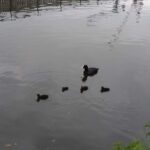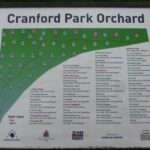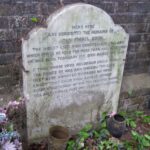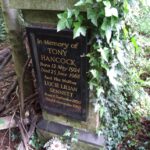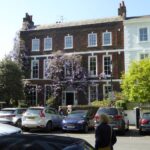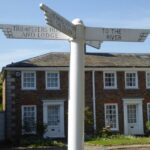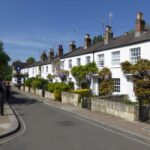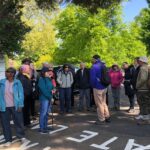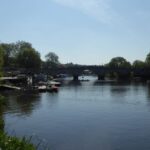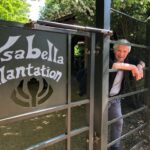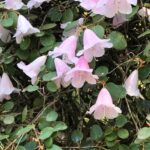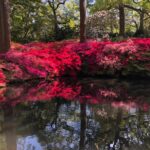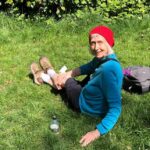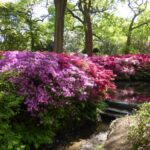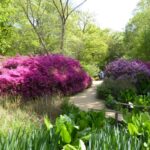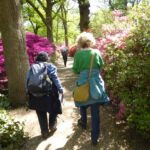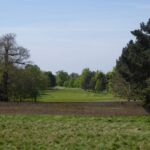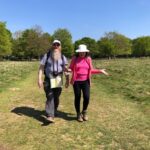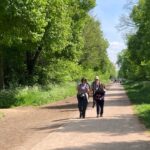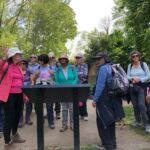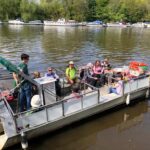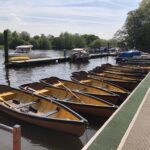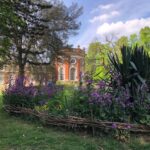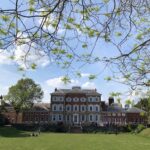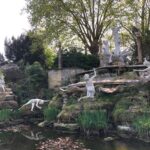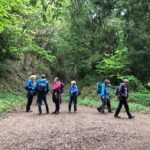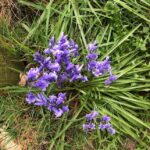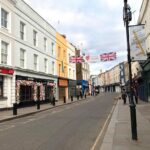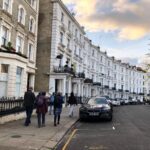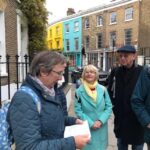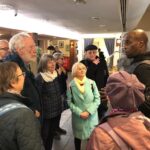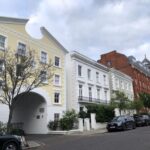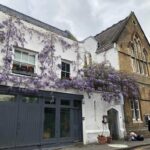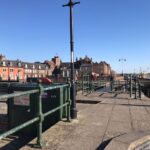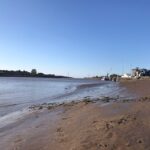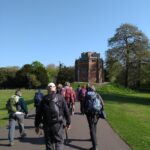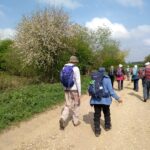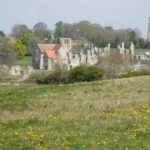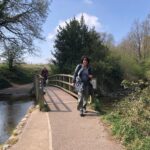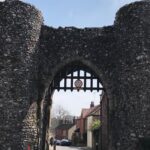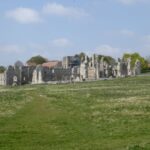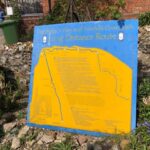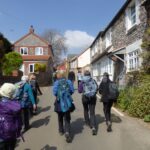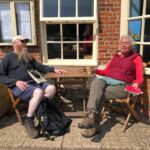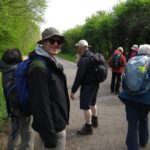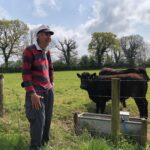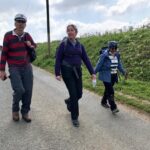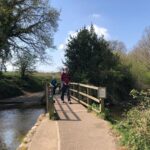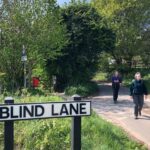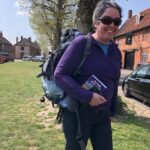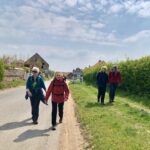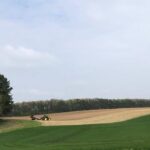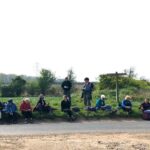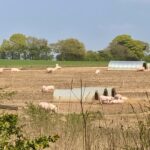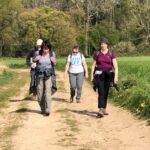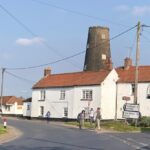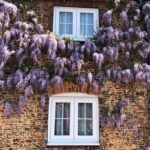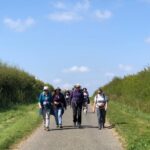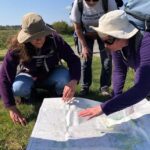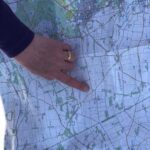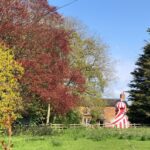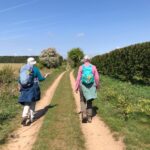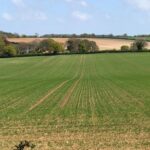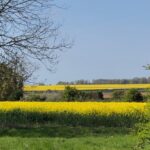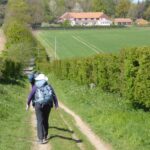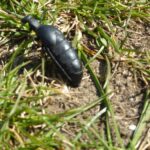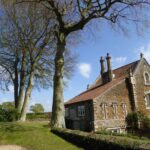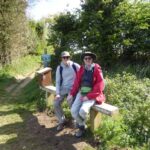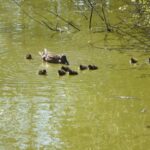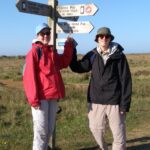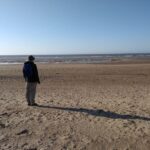There was a group of 6 Poly Ramblers and myself who met outside West Drayton station on the day leaving around 10.15am. Unfortunately it was a wet and dismal day but nevertheless we did the walk there and back, rain not being so heavy although it did not brighten up until we finished it and ended up at my house for tea. One of the walkers cut the walk short at Hayes to get his train back but the rest of us continued to the end.
The walk was largely uneventful but I gave the background to the park which has no toilets and café facilities there as the council had demolished the old manor house which stood there around 1945 after the end of the last war as the council could not afford to keep it under repair. The old coach houses are still there and the clock above it and I told the group that lottery funding had been given during lockdown to refurbish the coach houses and cellars beneath and hopefully the toilets and café/visitor centre, which was all closed and neglected, would be reinstated. We were lucky to do the walk the day we did for as we entered the park the council had put a sign up saying the renovation works would start on 9th May and then there would be no access to that main part of the park where the seats, coach house site and other things were. We took our picnic lunch in the area on the seats in front of the coach houses. I told the group that during lockdown 2021 when I had done the first walkover an archaeology group had excavated the area near where we were sitting to find the remains of a former manor house there and had found historical remains going back to 17th century or earlier. This was the same group which has been excavating the grounds in Marble Hill House, Twickenham.
I showed the group where the community orchard still is and the placards showing the large number of different varieties of apples and pears. The blossom had largely fallen from most of the trees due to warm spring and now the rain. It was noted on these that the trees remaining now had been planted by someone in the community in 2003 but these replaced several earlier orchards going back as far as 17th century similar to the original remains found on excavation to find the earlier historic house.
We got back to my home around 4pm for tea and home-made fruit cake (delicious cake – Editor). Geoffrey and Chris left the earliest to get back to West Drayton station where Geoffrey had parked his car but Stuart, Gillian and Andrew left to get back by bus and other routes.
Val Evans. Photos by Stuart and Gillian



